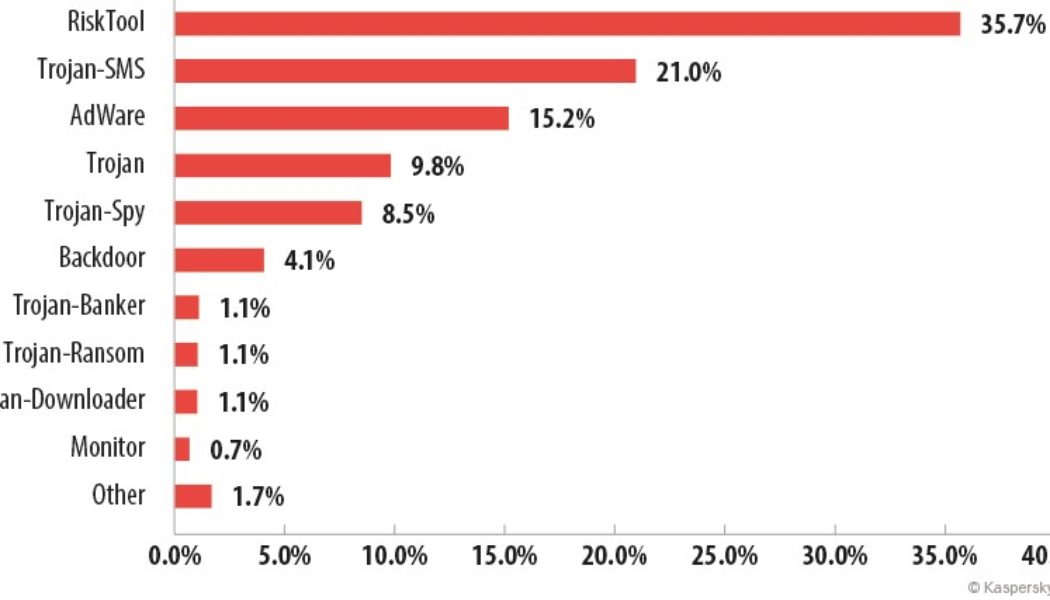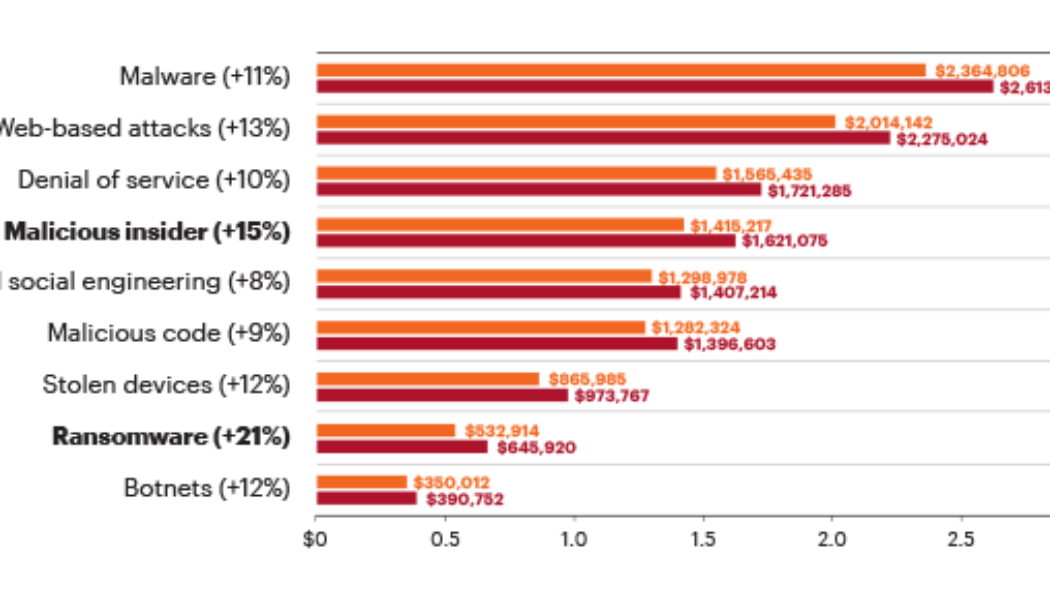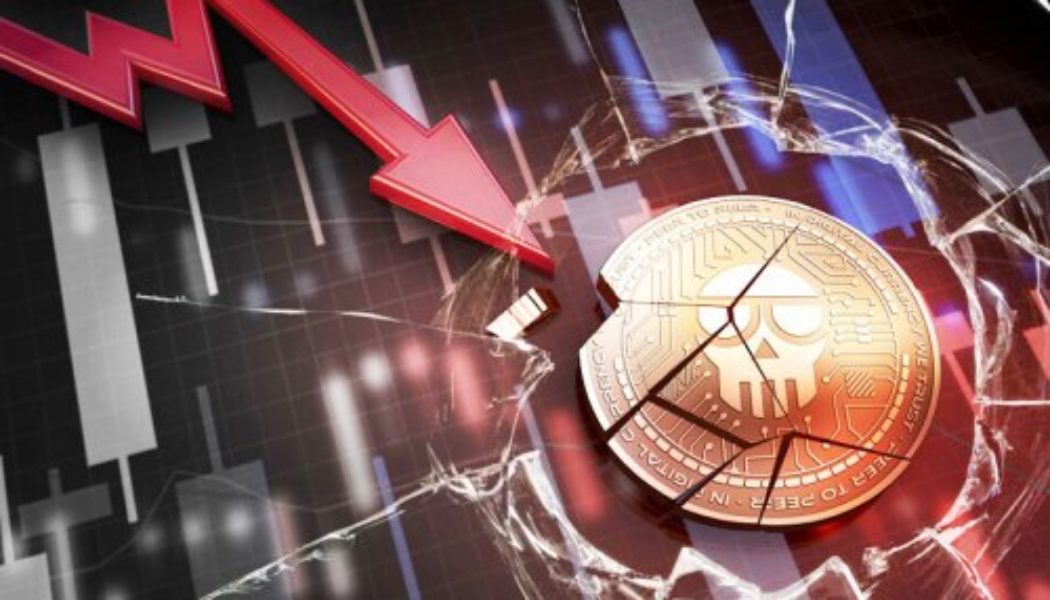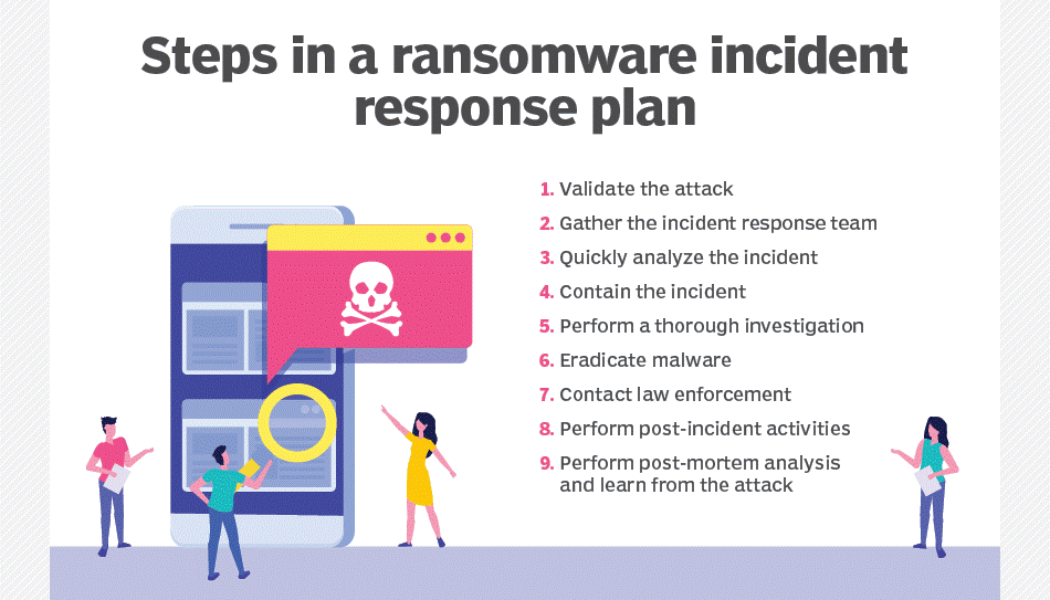Cybercrime News
Take Steps Now to Protect Your Organisation as Ransomware-as-a-Service Ramps Up DDoS Attack Offerings
Image sourced from Ben Kerckx, Pixabay. The services industry has traditionally included sectors ranging from social assistance and health care to transportation and scientific services. However, it doesn’t end there, because the human talent for innovation can turn almost anything into a service. We also find – rather less top-of-mind for most people – the offer of hitmen-as-a-service, usually associated, at least in Hollywood, with large and well-muscled men in expensive suits and sunglasses. A few years ago, this area of business moved into the cyber arena as well. And so we present: ransomware-as-a-service. Today, one of its latest offerings is a ‘triple threat’ that turns Distributed Denial of Service (DDoS) attacks into an even more lethal cyber weapon against organisations. Carole H...
A Cyberattack Happens Every 11 Seconds, Choose Your Cloud Wisely
Sourced from International IDEA Cybersecurity experts predict that there is currently a cyberattack incident approximately every 11 seconds worldwide. This is almost double what it was in 2019 (every 19 seconds), and four times more than five years ago (every 40 seconds in 2016). Aside from these concerning statistics, what is even more alarming is the degree to which the sophistication of these attacks has grown. We are just over a year and a half into the pandemic and the way organisations approach cybersecurity has been embraced at an accelerated pace. With the vast majority of companies adopting fully remote or hybrid working arrangements, there has been a firm focus on the implementation of additional cybersecurity measures to keep critical operations secure. But, despite all efforts ...
The High Cost of Cybercrime is Getting Higher
Image sourced from Finance Times. If cybercrime organizations could be publicly traded, we’d have an instant new multibillion-dollar industry sector. Indeed, cyber threats have become so pervasive that U.S. President Joe Biden recently signed an executive order aimed at improving federal cybersecurity in the wake of multiple significant cyberattacks, including the ransomware attack that shut down the Colonial Pipeline. Meanwhile, a broad coalition of experts in the industry, government, law enforcement, civil society, and international organizations have joined together in the Ransomware Task Force to build a framework for combatting ransomware. Ransomware attacks are only one method, however. Threat actors also use distributed denial-of-service (DDoS) attacks to ratchet up the p...
Using AI to Beat Cybercriminals at their Own Game
Artificial intelligence (AI) technology is a powerful technology, and because of this, it holds great potential for exploitation by cybercriminals. Considering this, the only way that security leaders can stay ahead of bad actors is by gaining a true understanding of how this technology can be weaponised. Then, they can begin to develop effective strategies for confronting AI threats head-on. Malicious Uses of AI Technology As AI grows in adoption and sophistication, cybercriminals are looking for ways to seize upon its potential. The Electronic Frontier Foundation was already warning about potential malicious uses of AI back in 2018, including threats to digital, physical, and political security. And now, AI precursors combined with swarm technology can be used to infiltrate a networ...
Cryptocurrency and Cybercrime: 3 Insights You Need to Know
Image sourced from Shutterstock. Criminals have kept pace with changing technologies by no longer wanting their crimes to generate hard cash – bitcoin has become the currency of choice. That’s particularly true for cybercrime, where ransomware is booming as criminals infiltrate organisations’ IT systems and threaten to publish or destroy crucial data unless a ransom is paid in Bitcoin. Here are 3 insights you need to know about the links between cybercrime and cryptocurrency: 1. Cryptocurrency is Fuelling Cybercrime Ransomware payments have become so huge that attacks are mounting daily. A recent high-profile case was an attack on the US Colonial Pipeline, causing the system that carries 2.5 million barrels of oil a day to be shut off. It’s become such a lucrative business that some syndic...























